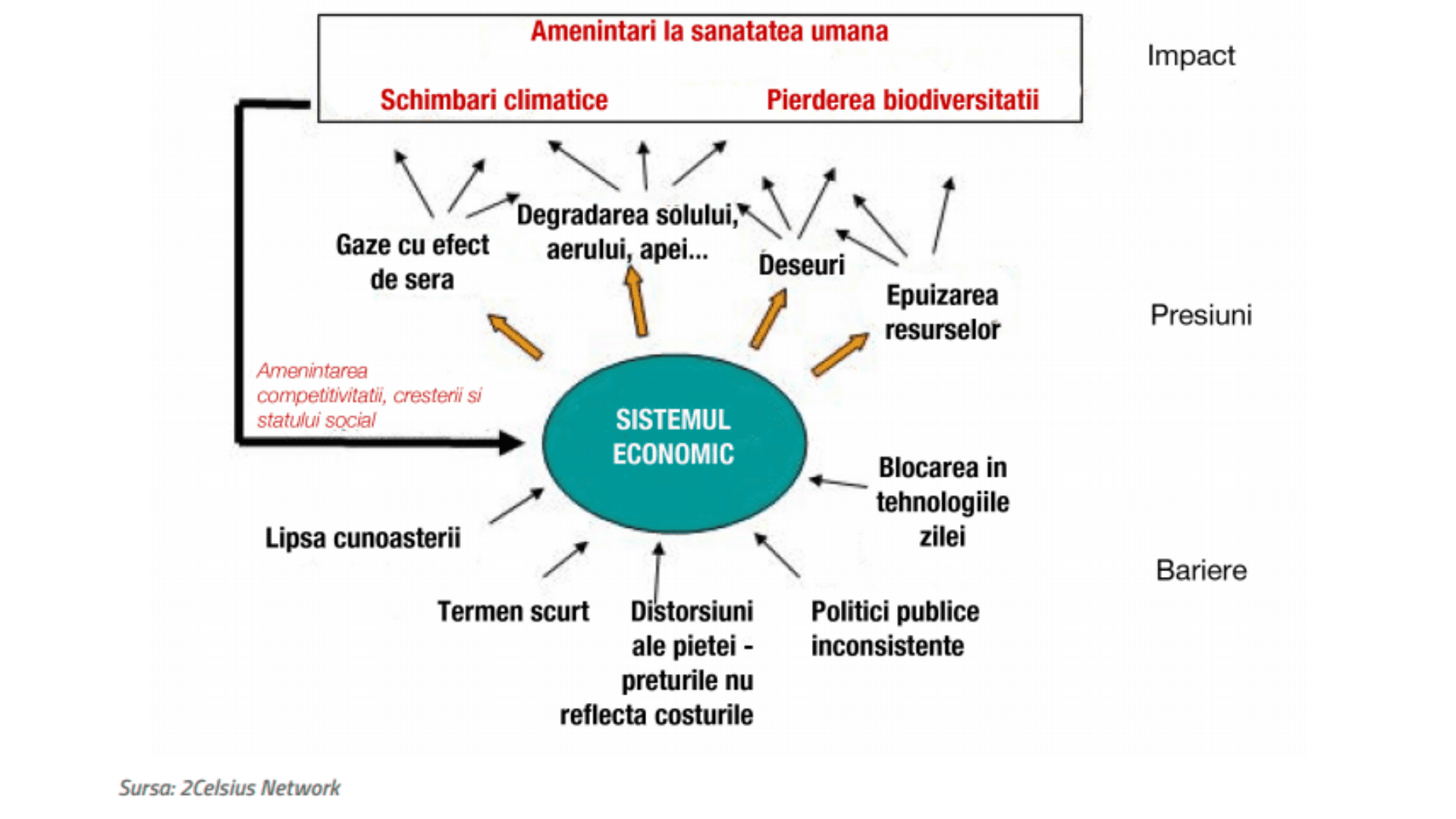An important tool to achieve environmental policy objectives related to climate change, resource use and sustainable consumption and production – especially given the importance of public sector spending on goods and services in Europe is Green Public Procurement (GPP).
The principles and definition describing the concept of green public procurement (GPP) were detailed in the press release (COM (2008) 400) "Public procurement for a better environment". These meaning "a process by which public authorities make efforts to reduce the impact on the environment under process purchase of goods, services and works throughout their life cycle."
Green procurement also means influencing the market. By promoting and using EPA, public authorities can offer the industry real incentives for the development of green technologies and products. In some sectors, public buyers have a significant share of the market (eg public transport and construction, health services and education) and so their decisions have a considerable impact.
Every product or service purchased has an environmental impact during its entire life cycle, from the extraction of raw materials, the manufacture of the product, to its use and recycling or disposal. Ecological public procurement contributes to the reduction of these negative effects, the benefits being felt both locally and globally.
Noteworthy, public authorities are some of the biggest consumers of resources in Europe: they spend approximately 1.8 trillion euros annually, representing approximately 14% of the EU's gross domestic product. Using their purchasing power to choose goods and services with less impact on the environment, they can bring an important contribution to the sustainability of consumption and production. These data confirm that the application of APE by choosing paper
recycled can save our forests, choosing local products can save the small farmer, choosing an economical car can save air quality and ultimately save lives!
Figure 1. Barriers to resource efficiency
Currently, many public authorities in Europe practice EPA. For example, even if the EPA at the EU level is a voluntary instrument, with the new Public Procurement Code (Legislative Decree 50/2016) Italy established the mandatory use of EPA. Italy now requires all its public entities to include a minimum set of environmental criteria in public procurement processes. The bonds cover 16 of the most relevant product and service areas. They are mandatory for the purchase of all goods, services and works.
EPAs can also mean lower costs for public authorities – especially if the costs of a contract are considered over the whole life of the products, and not just the purchase price. In the given case, purchasing more energy-efficient IT equipment can save money in many different ways: for example, lower electricity use and easier recycling or reuse at the end of its life. Similarly, a more energy efficient building may cost more but will save money in the long run.
Last but not least, APE involves a series of environmental benefits, through:
- Efficient use of water by choosing more efficient fittings in terms of consumption;
- Reducing air pollution in cities (by purchasing buses and cars with low levels of emissions of suspended dust and nitrogen oxides);
- Energy efficiency and resource use (by choosing products that are more efficient and implementing environmentally conscious design principles);
- Proper waste management (by specifying processes or packaging that generate less waste or encouraging reuse and recycling of materials);
- Purchasing organic food and directly supporting sustainable agriculture;
- Social / health benefits – Cleaner public transport improves air quality;
- Saving natural resources (through purchasing products obtained from recycled materials, reducing paper consumption by purchasing, promoting the use of multifunctional devices).
The current Public Procurement Directives (2014) offer new opportunities to promote social inclusion through the public procurement process. More information is available on DG GROW website The inclusion of social requirements at different stages of the procurement process is addressed in detail in Social Purchasing: a guide to taking social considerations into account in public procurement (based on the 2004 directives).
There is also a set of EPA criteria in the EU, which are developed to facilitate the inclusion of green requirements in public tender documents. While the adopted EU EPA criteria aim to strike a good balance between environmental performance, cost considerations, market availability and ease of verification, contracting authorities may choose, depending on their needs and level of ambition, to include all or only certain requirements in the tender documents. The criteria are divided into 22 different categories, including: Cleaning products and services; Electricity; catering and jukebox services; Printing equipment, supplies and services; Design of workspace, buildings and construction management.
In June 2016, the Republic of Moldova ratified World Trade Organization Agreement on Government Procurement, and this, together with the RM-EU Association Agreement, requires our state to take all measures for the liberalization of trade and the development of the public procurement system in accordance with the best international practices. Unfortunately, today there is still the prejudice that ecological products, services and works are more expensive than those that are not ecological. The Public Procurement Agency is the specialized authority, subordinate to the Ministry of Finance, whose fundamental role is to formulate, at the level of conception and implementation of the policy in the field of public procurement, including what concerns ecological procurement.
The first step towards the implementation of sustainable development through the use of public procurement as a powerful tool was achieved within the EU-funded project "Greening Economies in the Eastern Neighborhood" (EaP GREEN) in the period 2015-2017. Accordingly, in the context of this project, a Guide to sustainable public procurement, which is intended for contracting authorities. The purpose of this guide is, on the one hand, to disseminate the concept of public procurement
sustainability among the contracting authorities, and, on the other hand, increasing the awareness of public institutions regarding the purchase of products, services and works, which include, when possible, sustainability criteria in the award documentation.
Law on public procurement no. 131 of 03.07.2015 regulates the possibility of integrating environmental considerations in the selection and award criteria, of the technical specifications, including in the contract execution clauses. Therefore, having a conclusive normative framework in the field of public procurement, it remains for the contracting authorities at the institutional level to adopt sustainable public procurement implementation policies taking into account the 2030 Sustainable Development Agenda.
Most recently, the Ministry of Agriculture, Regional Development and the Environment, with the support of the EU4Environment project, implemented by UNDP, initiated the Order for Green Offices, which aims to transition towards purchases and processes more friendly to the environment and natural resources, implemented both in the central apparatus , as well as in its subdivisions.
For those who want to learn more about the applicability and benefits associated with the EPA, find many examples of good practices, including examples of implemented projects already. We recommend that you consult and access these guides and presentations, but also others useful works. In the end, all that remains is the determination and decision to begin this process.


